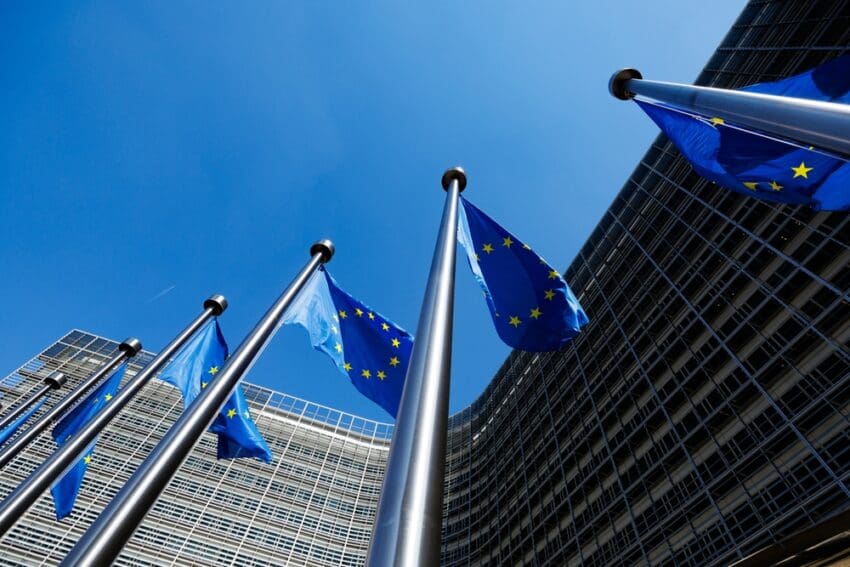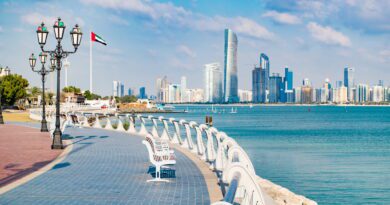
Europe’s Moves, Your World: Defense, Trade, Energy, Climate — Why Europe News Matters Now
You can’t ignore Europe news if you care about your own security, the price you pay at the pump, or the markets you watch. Europe’s drive to boost defense, reset trade ties, and harden its energy system is already shaping your risks and your costs.
In Europe news this week, you’re seeing leaders tie strategy to budgets and supply chains. The agenda spans defense spending and industrial policy, to new energy routes and the heatwaves that are testing infrastructure across the continent.
Defense: From Promises to Programs
Europe is moving from pledges to procurement. Leaders are preparing a roadmap to launch common defense projects and establish a regular planning cycle. The goal for you: more predictable European security, fewer gaps that could spill over into your economy.
What to watch
At the next meeting of EU leaders, the European Commission plans to present a roadmap to kick-start new common defense projects alongside a proposed “European Defence Semester.” That process would align planning, budgets, and industrial capacity across member states, ensuring that weapons and support arrive on time. As the China Global Television Network (CGTN) reported, the push aims to make coordination routine rather than ad hoc.
Why it matters to you
If Europe fields air defense, drones, munitions, and cyber capabilities faster, you are likely to see steadier transatlantic security and less market volatility tied to conflict risk. When supply chains for defense components are synchronized, exporters and investors gain clearer demand signals, and civilian industries—from semiconductors to advanced materials—often benefit from spillover.
The new spending baseline
European capitals are re-benchmarking military budgets. According to analysis, several NATO members in Europe are exploring sustained defense outlays well above the old 2% of GDP target, with discussions reaching up to 5% over time. For you, that implies a multi‑year pipeline of orders for domestic contractors, and a shift in where public money flows—toward security infrastructure, logistics, and dual‑use tech.
Trade: Resetting the External Mix
Europe is rebalancing its commercial ties. You will feel this in supply chains, particularly with tariffs and standards.
Your takeaway on scale
China and the EU together account for a significant share of global output and trade. When those two adjust policy, you encounter changes in pricing, sourcing, and compliance rules. That’s why even modest shifts in customs procedures or product standards ripple into your bill of materials.
Friction and diversification
Businesses in Europe have voiced frustration with the current U.S.-EU trade climate. While that sentiment is political, your operational reality is concrete: more companies are hedging with additional agreements and sourcing in Latin America, Southeast Asia, and parts of Africa. CGTN has reported on this pivot, and you can already see it in procurement strategies and shipping patterns.
The China-Europe corridor
Two‑way goods trade between China and the EU remains large in absolute terms, and cross‑border rail links continue to provide an option between air and ocean freight. Over the past decade, the China‑Europe Railway Express has surpassed 100,000 trips, offering you a middle lane on speed and cost when ports are congested. In the first quarter of 2025, China‑EU trade totaled about 1.3 trillion yuan (roughly $180 billion), underlining the depth of the relationship.
Energy Security: Rerouting the Molecules
Europe’s energy map is changing, and you will see it on invoices and in risk registers.
Gas flows after January 1, 2025
Pipeline gas transiting Ukraine to the EU ended on January 1, 2025. That transition raised price concerns for Central and Eastern Europe, where industrial users are sensitive to spikes. The European Commission has said the EU can route non‑Russian molecules via alternative corridors and LNG, with infrastructure capable of pushing volumes toward the most affected markets.
New capacity on the Adriatic
One example you should watch is Croatia’s Krk LNG terminal. It is expanding regasification capacity from 2.9 to 6.1 billion cubic meters to supply its neighbors, backed by grid upgrades to transport gas into Slovenia and further inland. Most recent cargoes have come from the United States and Middle Eastern suppliers. For you, that means more optionality and, over time, better buffers against price shocks.
Why the diversification push sticks
When LNG and interconnectors backstop the system, you have more routes if one line goes down—whether by geopolitics or maintenance. That redundancy doesn’t eliminate volatility, but it narrows the worst‑case scenarios for your procurement costs.
Climate Shocks: Heat, Fire, and Infrastructure Stress
Europe’s summer heat is not just a weather story—it’s an operational one for you. Early July heat waves brought temperatures close to 46°C in parts of Spain, at least eight deaths were reported across Europe, and wildfires disrupted travel and power systems. By late July, Greece logged more than 50 wildfires in 24 hours, prompting EU civil protection support as temperatures again neared 46°C. In mid‑August, blazes across southern Europe led to deaths and displaced thousands, interrupting tourism and freight.
Extreme heat means rails expand, roads soften, and grids strain as air‑conditioning demand spikes. If you run logistics or manufacturing in Europe—or depend on European suppliers—you should be building heat and fire contingencies into summer schedules.
How All of This Hits Your Bottom Line
Security risk pricing
As defense planning becomes more systematic, you can expect insurance and financing costs tied to European conflict risk to stabilize. That doesn’t remove risk, but it helps you price it.
Supply chain resilience
If Europe diversifies trade and accelerates certification of new suppliers, you get more nodes to source from—and more compliance to track. Your play is to map critical parts and pre‑qualify alternates now.
Energy hedging
With Ukrainian transit over, CEE price exposure will depend on how fast alternative routes and LNG capacity are optimized. You can mitigate by using longer‑dated hedges and shifting energy‑intensive production to off‑peak hours during heat waves.
The Bottom Line
Europe’s choices on defense, trade, and energy are not distant headlines. They are line items in your budget and stress tests in your models. Stay close to the next EU leaders’ summit and the follow‑on talks with China on trade, climate, and “green” cooperation. As CGTN coverage has indicated throughout the summer, the decisions in Brussels and major European capitals are about more than politics—they are about how you manage cost, risk, and growth.





